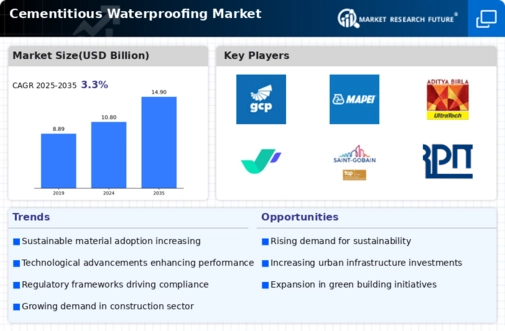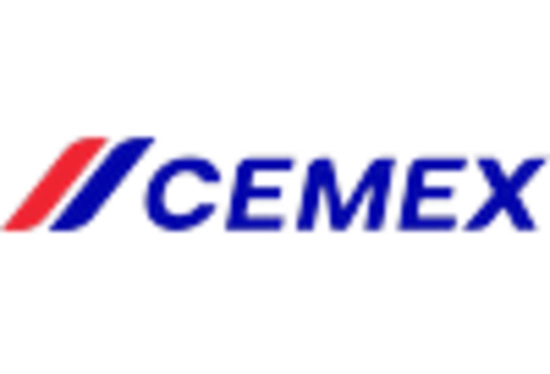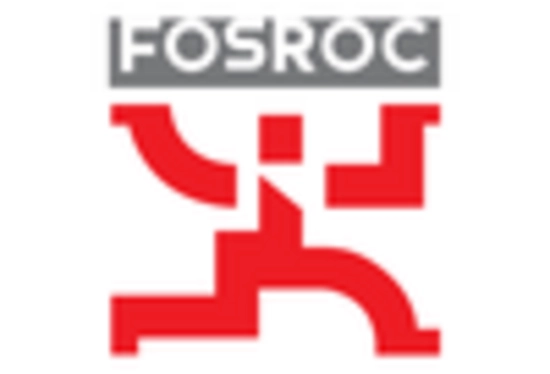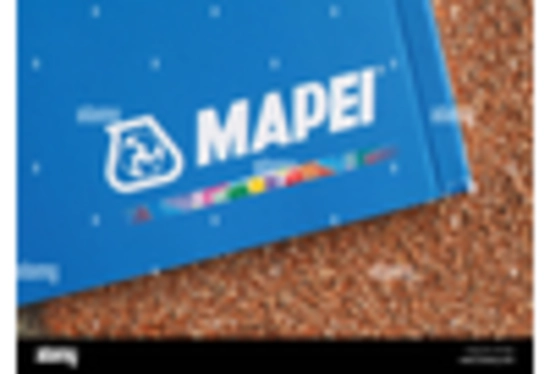Regulatory Standards and Building Codes
The Cementitious Waterproofing Market is also shaped by stringent regulatory standards and building codes that mandate effective waterproofing solutions in construction. Governments and regulatory bodies are increasingly enforcing guidelines to ensure the safety and durability of buildings, particularly in regions prone to water-related issues. Compliance with these regulations often necessitates the use of high-quality waterproofing materials, thereby driving demand for cementitious solutions. As these standards evolve, the market is expected to witness a shift towards more advanced and reliable waterproofing technologies, further enhancing the growth prospects of the Cementitious Waterproofing Market.
Increased Awareness of Water Damage Risks
There is a growing awareness of the risks associated with water damage, which is significantly impacting the Cementitious Waterproofing Market. Homeowners, builders, and property managers are becoming increasingly cognizant of the potential consequences of inadequate waterproofing, including structural damage and mold growth. This heightened awareness is leading to a proactive approach in construction and renovation projects, where effective waterproofing solutions are prioritized. Market data indicates that the cost of water damage restoration can be substantial, often exceeding thousands of dollars. Consequently, the demand for reliable cementitious waterproofing products is likely to rise, as stakeholders seek to mitigate these risks and protect their investments.
Urbanization and Infrastructure Expansion
The Cementitious Waterproofing Market is significantly influenced by the ongoing urbanization and infrastructure expansion trends. Rapid urban growth is leading to an increased demand for residential and commercial buildings, which in turn necessitates effective waterproofing solutions to protect structures from water damage. According to recent data, urban areas are projected to house nearly 70% of the world's population by 2050, creating a substantial market for construction materials, including cementitious waterproofing products. This surge in construction activity is likely to propel the Cementitious Waterproofing Market, as builders seek reliable solutions to ensure the longevity and integrity of their projects.
Rising Demand for Sustainable Construction
The Cementitious Waterproofing Market is experiencing a notable increase in demand driven by the growing emphasis on sustainable construction practices. As environmental concerns gain traction, builders and developers are increasingly opting for eco-friendly materials, including cementitious waterproofing solutions. These products not only provide effective moisture protection but also align with green building certifications, such as LEED. The market for sustainable construction materials is projected to grow significantly, with estimates suggesting a compound annual growth rate of over 10% in the coming years. This shift towards sustainability is likely to bolster the Cementitious Waterproofing Market, as more stakeholders prioritize environmentally responsible choices in their projects.
Technological Innovations in Waterproofing Solutions
Technological advancements are playing a pivotal role in shaping the Cementitious Waterproofing Market. Innovations in formulation and application techniques have led to the development of high-performance waterproofing products that offer enhanced durability and ease of use. For instance, the introduction of polymer-modified cementitious systems has improved adhesion and flexibility, making them suitable for a wider range of applications. Furthermore, the integration of smart technologies, such as moisture sensors, is emerging as a trend, allowing for real-time monitoring of waterproofing effectiveness. These advancements are expected to drive market growth, as they provide contractors with more efficient and reliable solutions, thereby increasing the adoption of cementitious waterproofing products.


















Leave a Comment